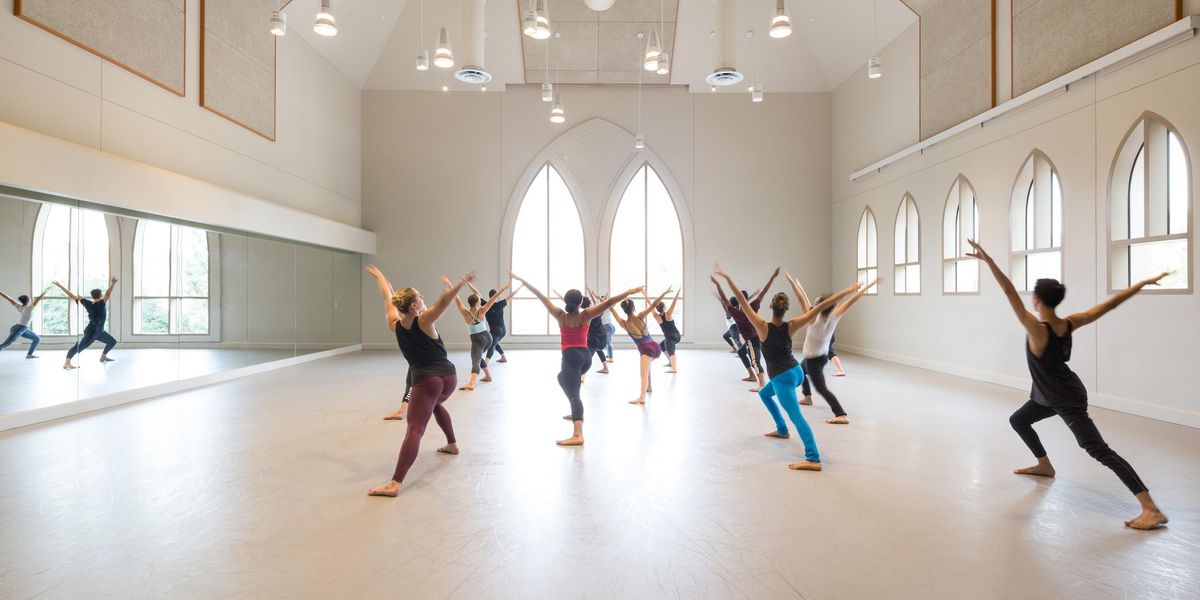The Storyteller
As the street dancer Storyboard P sees it, his body is separate from his spirit. The extraordinary Brooklyn improviser specializes in a style of flex dancing he calls mutant, where forms smash together to create the look of animation. He studied ballet briefly at Harlem School of the Arts, but his main training came from the streets, where he honed his performance quality in dance battles. He’s since performed at Sadler’s Wells in London and the Apollo Theater in Harlem. More recently, he was featured in the video for Jay Z’s “Picasso Baby,” and is in a new Sony commercial that was released this spring.
Storyboard begins his day with tai chi so that his body can pick up vibrations in the environment. “I do it subconsciously,” the 24-year-old explains in a phone interview from Ohio, where he is visiting friends. “That’s how I create a lot of my material.” As a dancer, he exists on a rarefied plane. The tremors and oscillations that course through his lanky frame are microscopic; as one connects to the next, it creates, well, a story.
Where did you grow up in Brooklyn?
I grew up on Eastern Parkway, where every block had its own style and form, and you would go around and collect styles—like a video game almost. You would collect skill sets. Dancing was like someone fighting their own demons. You could see dancers having conflicts with themselves as they figured out who they were; it showed in their art, in how they moved and in what song they played. You saw them struggle and then break through and take control so that they were jumping in and out of aggression and then into serenity. It’s a balance, and that happens as you keep channeling.
What do you mean?
When the dancers first start getting into it, it’s like a form of possession. They’re revealing themselves, and they have so much on their chest. It’s deep. It’s psychological.
How do you get your ideas when you’re dancing and improvising?
When I play a song, I have to just record and run through a whole song. It’s like I pick up the vibrations, but I won’t necessarily be dancing to it. I’m not doing moves yet. I’m more seeing what it feels like and then capturing the vibration and premeditating on it, so when I do go, I can start compartmentalizing everything. I put a little step here and a little step there and then I just sit on the beat, and then I put a little step here and a little step there. It’s like I’m building layers. It’s like recording music on a big machine. You’ve got to do levels with your body.
Do you have a sense about how you’re going to move before you consider the action? Does the feeling come first?
Yeah. It comes in the middle of my forehead and in the back of my head. In my pineal gland. It’s like light patterns. It really looks like wind or like smoke that’s telling me how much momentum I should give a certain direction. It’s telling me where to end the motion and where to start from. It’s like my body—my spine, my kundalini—locks up, and I’m able to coil into whatever shape I want to coil into.
What else influences you?
What inspires me most with movement is pedestrian form. Pedestrian is a layer that’s hidden in my style. It’s in modern dance: regular things that you do throughout the day. Our form is urban pedestrian. It’s us showing our feelings and our emotions and animating them and making them move how we want to, because it’s supposed to be lifelike. There’s always a story involved. It’s like you’re really breathing, you’re really getting into it. With popping, you don’t have to tell a story. It’s just a technique. But with flex, our way is about talking with your body. It’s about saying something. And if you don’t say anything, what you’re doing doesn’t make sense.
You must be extremely sensitive to dance the way you do.
Yeah, I’ve very sensitive—if I touch an apple and it has wax on it, I start breaking out. It’s one of those things. That’s why I’m in Ohio right now. The environment is better for me. I’m going to buy some land out here. I always have these more whimsical ideas, but this is more spiritual. I’m repositioning myself.
Photos: Storyboard P in the music video for “Drop the Game,” by electronic musicians Flume & Chet Faker; courtesy director Lorin Askill.




